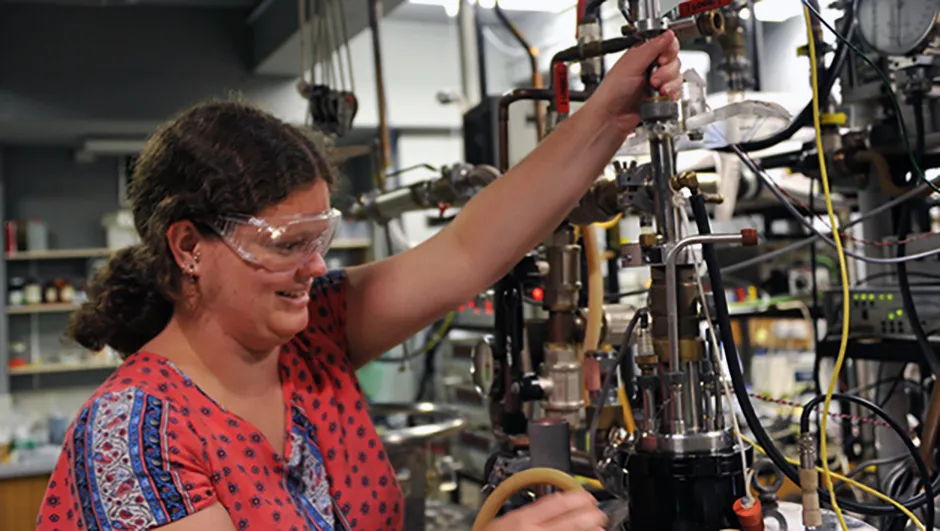Low-light adapted bacteria could help humans colonise Mars by creating a 'biosphere' on the Red Planet, a study has found. Cyanobacteria are one of the largest groups of bacteria found on Earth and could be used to create a breathable atmosphere through photosynthesis on Mars.
This organism can be found in environments such as Antarctica and may potentially be able to survive the harsh conditions of the Red Planet.
“This might sound like science fiction, but space agencies and private companies around the world are actively trying to turn this aspiration into reality in the not-too-distant future,” explains Professor Elmars Krauzs, a co-author of the study from the The Australian National University (ANU).
Low-light cyanobacteria could also be used to search for signs of life on other planets beyond our Solar System.
“Chlorophyll adapted to absorb visible light is very important in photosynthesis for most plants,” says study co-author Jennifer Morton, a PhD Scholar at ANU Research School of Chemistry.
“Our research identifies the so-called ‘red’ chlorophylls as critical components in photosynthesis in low-light conditions.”

“Searching for the signature fluorescence from these pigments could help identify extra-terrestrial life,” says Morton.
The study also has implications for Earth-based studies, as there are other low-light organisms such as coral reefs that die almost instantly when exposed to sunshine or high temperatures.
“All photosynthetic organisms … suffer severe environmental stresses from high temperatures, high light levels and ultraviolet light, so this research helps scientists to better understand these limits,” Jennifer Morton said.
ANU researchers are using computer models and an optical spectrometer system to further their understanding of red chlorophylls in photosynthesis.
